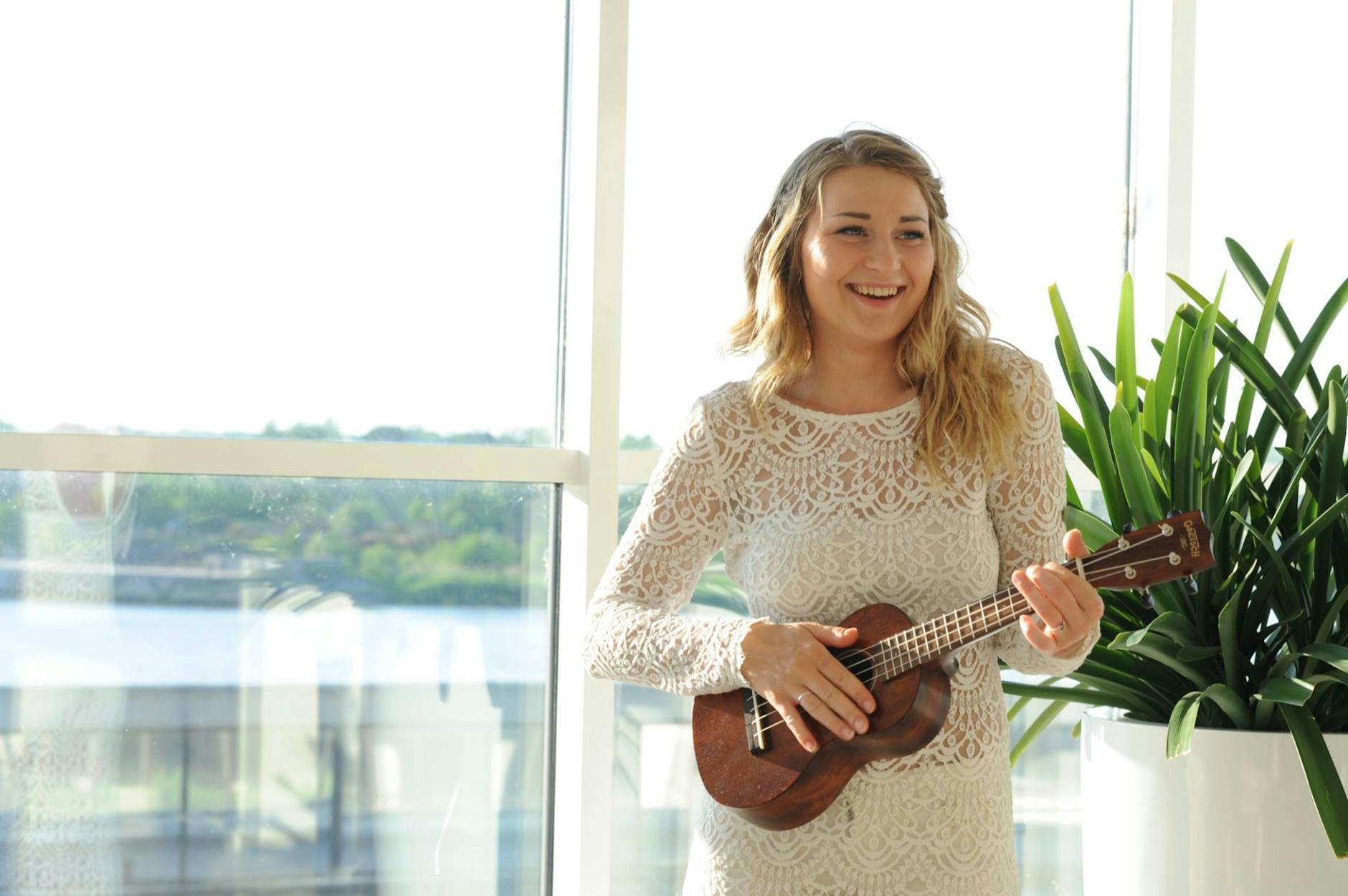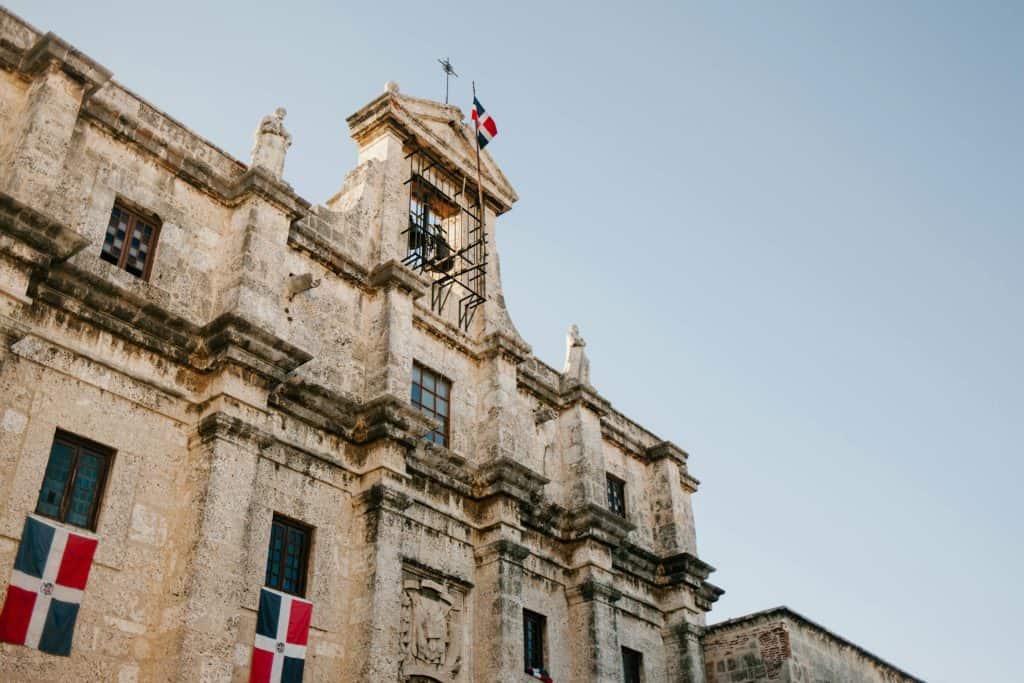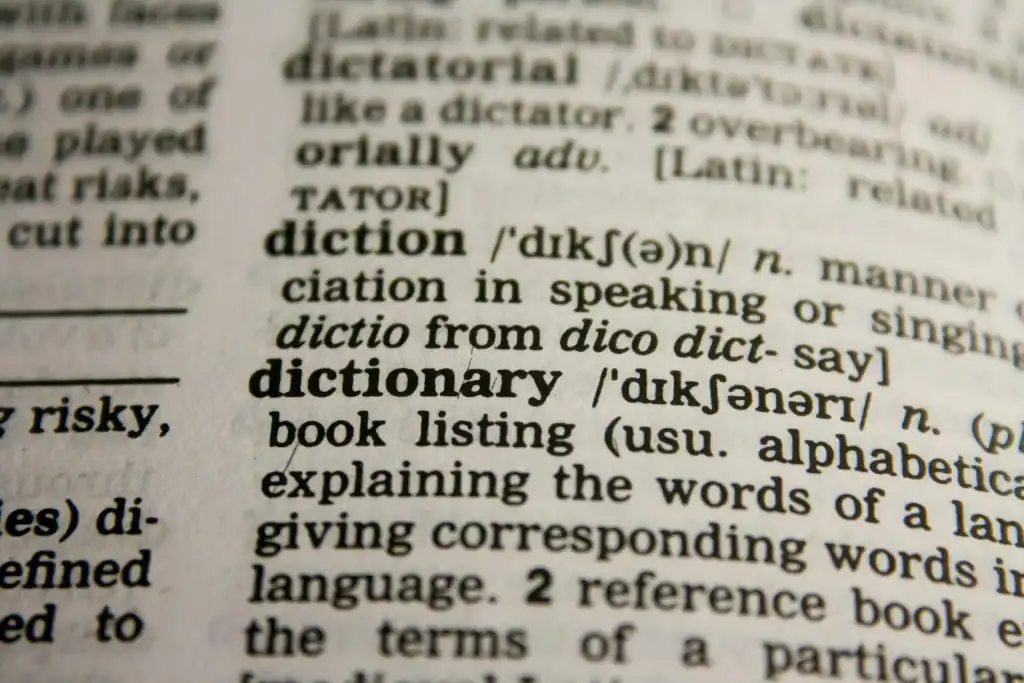A Bachata Chorus That Ruined My Translation App
One humid Friday in Santo Domingo I stood in a karaoke bar gutsy enough to tackle Romeo Santos’ hit “Propuesta Indecente.” I belted, “Si te falto el respeto…” but my friend Carolina stopped me. “You’re missing the subjunctive mood,” she laughed, pointing out that falto sounded off without its conditional partner “si.” That micro-correction stuck harder than any flash-card drill. I realized then that song lines, already loaded with emotional punch, make perfect capsules for grammar and Spanish Vocabulary. Each hook repeats like spaced-repetition software, except with congas and electric guitar.
Why Lyrics Beat Textbooks at Memory
Dominican buses blast dembow at tinnitus levels; Colombian cafés croon vallenato ballads before sunrise. Songs barge into your routines uninvited, creating neural playlists where melody glues form to meaning. A chorus packs subject, verb, and object into eight beats, letting your brain absorb reflexive pronouns and imperfect tenses without conscious parsing. Repeated listening sculpts pronunciation muscles too—try mumbling “r” rolls along with Juan Luis Guerra’s “Ojalá que llueva café” and you’ll growl that alveolar trill naturally. Embedding Spanish Vocabulary inside rhythm transforms passive listening into stealth grammar workouts.
Choosing Lyrics That Teach, Not Just Entertain
Merengue classics lean on present tense commands perfect for giving directions. Reggaetón anthems love conditional flirtations—“Si tú quisieras…” Meanwhile, vallenato thrives on past perfect breakup lines—“Te había prometido.” Curate tracks that mirror your communicative goals: if you’re negotiating rent, hunt for lyrics riddled with subjuntivo wishes. Trying to compliment a Dominican cook? Study bachata metaphors praising cinnamon skin and coconut kisses. Your Spanish Vocabulary gains cultural seasoning along with syntax.
Linking Chorus to Rule: The Three-Play Method
Play one: listen for gist while dancing or driving. Play two: pull up the lyrics on Genius or Musixmatch and highlight a single grammar gem—maybe the future tense in “mañana será bonito.” Play three: sing only that line ten times, exaggerating conjugations. Later drop it in conversation; when a paisa friend asks about weekend plans, reply, “Será bonito si no llueve.” The recognized lyric sparks connection, and your future tense slides out like a rehearsed riff.
Spanish Vocabulary Table
| Spanish | English | Usage Tip |
|---|---|---|
| Ojalá | I hope / if only | Hear it in ballads; triggers subjunctive. |
| Quisiera | I would like | Conditional longing in romantic tracks. |
| Supieras | You knew | Imperfect subjunctive; appears in regrets. |
| Llorarás | You will cry | Future promise from salsa heartbreak. |
| Sabré | I will know | Future simple; practice with accent on “é.” |
| Amanecí | I woke up | Perfect for morning anecdotes. |
| Encender | To ignite | Metaphor for passion in reggaetón. |
| Perderte | To lose you | Verb + pronoun combo; sing to cement. |
| Volvamos | Let’s return | First-person plural subjunctive command. |
| Jamás | Never / ever | Dramatic negative intensifier. |
Dropping these sparks into daily chats keeps the term “Spanish Vocabulary” alive, showing friends you learn language the same place they do—through headphones.
Case Study: From Vallenato Verse to Subjunctive Mastery
Carlos Vives croons, “Que no se acabe la vida sin que antes confiese lo que siento.” The embedded subjunctive acabe and confiese follow the fear clause que no. After looping that song while jogging Medellín’s trails, I instinctively used the structure when telling my landlord, “Quiero pagar antes de que se acabe el mes.” No verb tables consulted—just lyric muscle.
Example Conversation: Lyric‐Powered Chat
Barista (DR, informal)
“¿Cómo amaneciste hoy?”
Barista: “How’d you wake up today?”
Yo
“Amanecí con ganas de cantar ‘Ojalá que llueva café’.”
Me: “I woke up wanting to sing ‘If only it would rain coffee.’”
Colega (CO, formal)
“Revisaste el presupuesto?”
Coworker: “Did you review the budget?”
Yo
“Claro. ‘Jamás te fallaré’, como dice la canción de ChocQuibTown.”
Me: “Of course. ‘I will never fail you,’ like the ChocQuibTown song says.”
Colega
“Ja ja, buena referencia. Entonces volvamos al tema de inversión.”
Coworker: “Haha, good reference. Then let’s return to the investment topic.”
Bold slang cameo—Dominican flair.
Amigo (DR, slang)
“Bro, esa bachata ta’ encendía!”
Friend: “Bro, that bachata track is fire!”
Yo
“Sí, si supieras cuánto la practico para mejorar el ‘rrr’.”
Me: “Yeah, if you only knew how much I practice it to perfect the rolling r.”
Micro-Drills You Can Do Anywhere
Forget reciting sterile conjugations. Instead hum a syllable loop like “ra-re-ri-ro-ru” to the melody of “La Camisa Negra.” While stuck in Bogotá traffic, tap steering wheel patterns matching reggaetón syncopation, whispering “quiero, querría, quisiera.” These real-world repetitions load Spanish Vocabulary into procedural memory, making verbs jump out when an impatient taxi driver demands quick answers.
Cultural Layers: Dominican Imagery vs. Colombian Poetics
Dominican lyrics lean into tangible imagery—plantains, rum, barrio streetlights—painting clear noun-heavy pictures. Colombian songs, especially from the Andes, favor poetic abstractions like “la bruma de tu voz.” Analyzing each flavor trains you to switch registers: use food metaphors when flirting in Santo Domingo, metaphysical musings when discussing dreams in Medellín. Your Spanish Vocabulary becomes a rainbow rather than monochrome utility.
Avoiding Literal Translation Traps
The line “Me dejaste en visto” in urban Latin pop literally reads “You left me on seen,” but means “You ghost-read my text.” Singing along teaches idiom leapfrogging, shielding you from robotic dictionary errors. Practice by converting English phrases into lyric-worthy Spanish frameworks: “I’m down” morphs into “estoy puesto” in DR slang, “estoy que hágale” in Colombian talk.
Tracking Progress with Earworms
Create a playlist titled Spanish Vocabulary*. Each week add three songs containing new grammar. Label tracks: subjunctive, conditional, imperative. After seven spins, you’ll associate each grammatical mood with a bass line. Test yourself by muting the chorus mid-way and finishing lines aloud. If words tumble out correctly, celebrate with a coconut frappe.
Reflection: Melodies as Memory Bridges
From shouting bachata lines over domino clacks to humming salsa under Antioqueño drizzle, music has woven my second-language adventure into daily life. Lyrics lend cadence to plain speech; grammar latches onto chorus hooks. Popping between these two cultures keeps my ear agile, my Spanish Vocabulary expanding, and my social circle growing—because singing off-key together breaks ice faster than perfect grammar ever will.
Now share your go-to Spanish lyric that taught you a tricky tense or sneaky slang. Drop it below, maybe even link the track. Let’s turn this comment section into a living playlist that sharpens our tongues as much as it shakes our hips.



